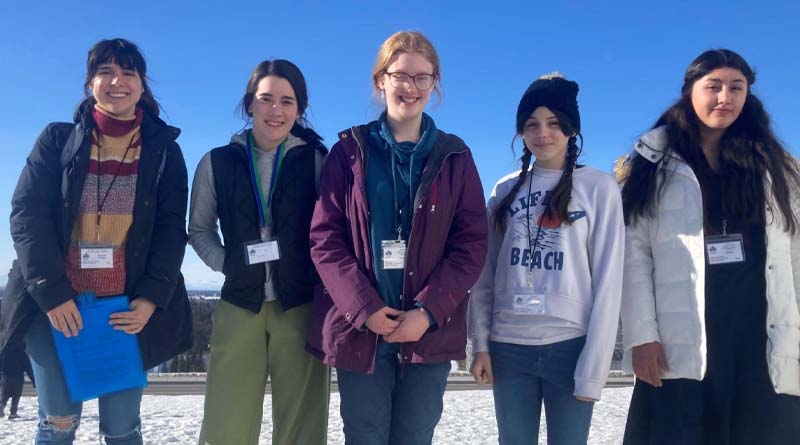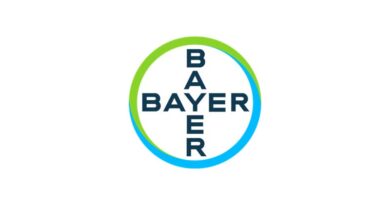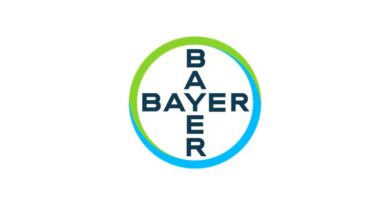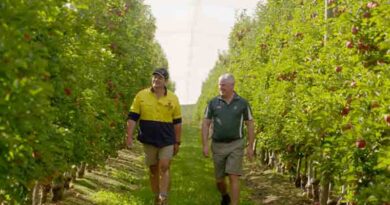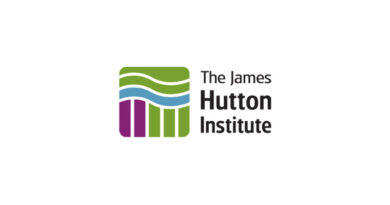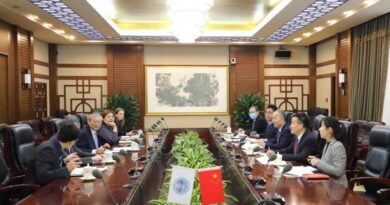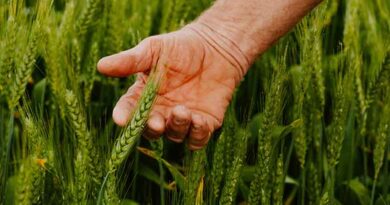USDA International Ag Education Fellows Go on to Teach Next Generation of American Agriculturalists
25 October 2023, US: The USDA has been committed to agricultural education for more than a century through partnerships with land-grant institutions and youth extension programs. Three years ago, the USDA’s Foreign Agricultural Service (FAS) launched its International Agricultural Education Fellowship Program (IAEFP), to extend ag education into select countries to assist with sharing agricultural practices and growing trade opportunities.
During the program, Fellows work with local agriculturalists and students to develop and implement agricultural projects that benefit the local community and education system. Some Fellows from the inaugural cohort in Ghana were even inspired by their Fellowship to later become ag and environmental science teachers in the United States.
Two of these Fellows are Ella Scott and Manny Catala. A couple of years ago, during their Fellowship, FAS asked Scott and Catala about their experiences serving in Ghana. Today, while their Fellowship has ended, they are back in the classroom – this time teaching America’s youth how to become involved and engaged in agriculture.
FAS spoke with Scott and Catala about their current work and how they were inspired by their Fellowship to continue on an agriculture-related career path.
FAS: Now that your fellowship has ended, what are you doing?
Scott: I’m teaching agriculture and science in Randle, Washington. It is a small town, like the village I taught in while in Ghana.
Catala: I reside in Denver, Colorado where I’m an agriculture teacher. Additionally, I’m pursing a master’s degree at Virginia Tech to enhance my skills in education and international agriculture.
FAS: In what ways did the IAEFP fellowship benefit your teaching?
Scott: It was an amazing experience to connect with a different culture. Even though my current students’ culture is quite different compared to my Ghanaian students, I continue to practice culturally relevant teaching. I also learned about the importance of taking students outside the classroom whenever possible for hands-on learning!
Catala: My time as a fellow helped me decide to become a teacher. Through spending time with students and engaging in school-based agricultural education, I discovered ag education was my career.
FAS: Tell us something you learned about yourself during your fellowship?
Catala: I discovered I possess an innate passion for teaching and a desire to have a positive impact on my students. I also learned the importance of adapting to new environments and embracing diversity, which has been instrumental to my personal and professional growth.
FAS: Finally, what advice would you give people applying to the IAEFP?
Scott: Go for it! Living and working in a different environment is a rewarding experience and you gain knowledge you can bring back home and use in the United States.
There are currently four IAEFP programs underway on three continents. If you are interested in becoming a Fellow, Texas A&M University and the University of Missouri are accepting applications for 2024 Fellowships. For institutions interested in becoming an IAEFP implementer
Also Read: Innovative Label Design: Revolutionizing Agrochemical Packaging in India
(For Latest Agriculture News & Updates, follow Krishak Jagat on Google News)

